Most people have heard of Freemasonry, but before we dive into reading about the appearance of Masonic symbols in popular culture, let’s take a look at basic Masonic symbols.
1. Common Masonic Symbols
The fraternal organization known as Freemasonry has a history that dates back many centuries and is full of symbols with deep meanings. Perhaps the most well-known emblem among them is the Square and Compasses, as a representation for moral and ethical frameworks. Also referred to as the Eye of Providence or the all-seeing eye in a triangle, it stands for God’s constant watchfulness over humanity. Moreover, there are tools such as plumb bobbs levels trowels – used metaphorically to promote upright personal conduct and build moral character; while self-discipline can be represented by gavels. Finally, dualism is expressed through checkered pavements or mosaic floors.
2.1 Masonic Symbols in Architecture
Freemasonry goes way back during medieval times when many members were skilled architects or stone masons; thus greatly influencing past building designs whose legacy still remains today because most Masonic influenced architectural structures were built to last forever, here are some popular ones – if you know what you’re looking for then finding them should be easy!
- The United States Capitol: The cornerstone was laid by President George Washington in a Masonic ceremony, and there are various Masonic symbols throughout the building and its artwork.
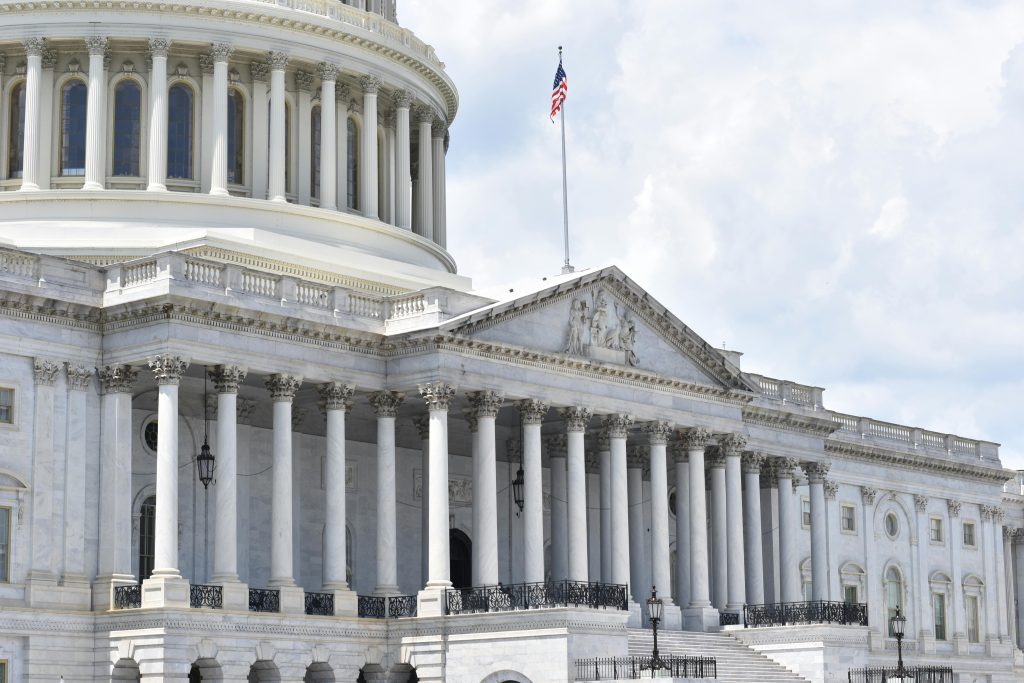
- The George Washington Masonic National Memorial: Located in Alexandria, Virginia, it is a museum, research center, and performing arts space dedicated to the memory of George Washington, a Freemason. The building itself is modeled after the ancient lighthouse of Alexandria and displays numerous Masonic symbols.
2.2 Masonic Symbols on Banknotes
The appearance of Masonic motifs on certain banknotes often sparks interest and debate regarding the influence of Freemasonry in historical and modern societal structures. The design of currency often incorporates symbols deemed significant or representative of national identity, principles, or history, which can sometimes overlap with Masonic imagery.
U.S. One Dollar Bill:
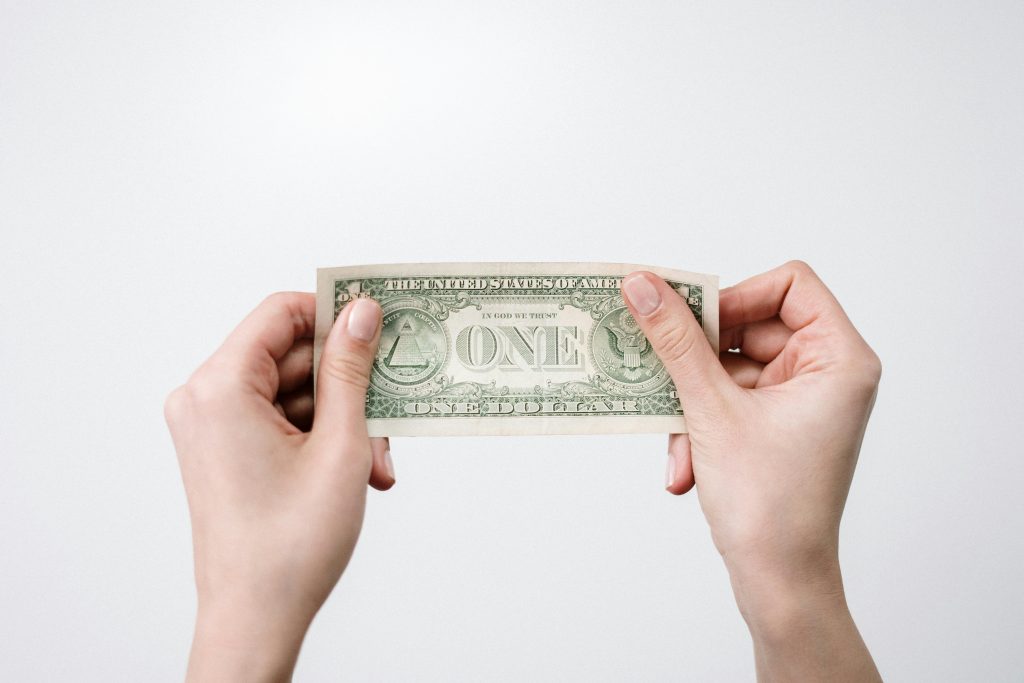
- The Great Seal: On the reverse side of the U.S. dollar bill, two key elements often associated with Freemasonry are present: the Eye of Providence (or the all-seeing eye) atop an unfinished pyramid. The Eye of Providence, enclosed in a triangle, symbolizes the all-seeing eye of God and is a motif used in various contexts, including Freemasonry, where it represents the Great Architect of the Universe’s omniscience.
- Annuit Coeptis: Above the pyramid, the motto “Annuit Coeptis,” meaning “He approves [our] undertakings,” and “Novus Ordo Seclorum,” meaning “New Order of the Ages,” also draws intrigue.
2.3 Masonic symbols in brands
Brands sometimes use Masonic symbols in their ads and logos due to the rich history, intrigue, and symbolism associated with Freemasonry.
- The Starbucks Logo: The siren in the Starbucks logo, while not directly a Masonic symbol, embodies a sense of allure and mystery that resonates with the esoteric and secretive nature often associated with Freemasonry.

- Toblerone: The Toblerone logo, featuring a hidden image of a bear within the Matterhorn mountain, echoes the Masonic use of symbols with layered meanings.
2.4 Masonic Jewelry Ideas
Masonic symbols with a unique, recognizable aesthetic resonate with consumers who appreciate jewelry that is not only aesthetically appealing but also symbolic and personally meaningful. Geometric shapes, intricate designs, and the balance between the various elements are visually appealing to consumers.
2.5 Freemasonry Symbols in Artwork
In various artworks, Masonic symbols have been creatively integrated, sometimes subtly and elsewhere more prominently.
“The Vitruvian Man” by Leonardo da Vinci: Though not explicitly Masonic, this drawing embodies principles that resonate deeply with Freemasonry, such as geometric harmony and the universal man, reflecting Masonic emphasis on knowledge, geometry, and the interconnectedness of the universe.
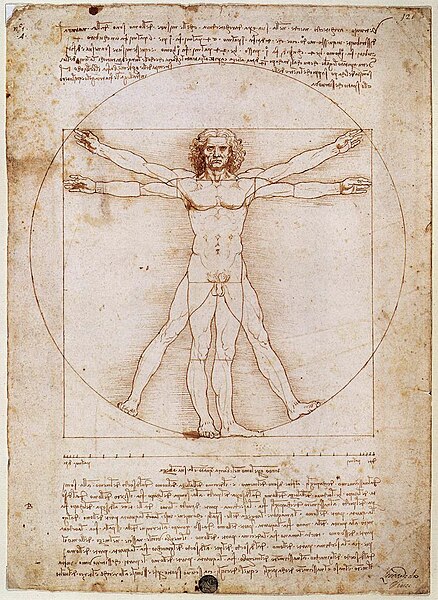
Q&A
1) Do the Masonic symbols prove their direct connection to Freemasonry?
It’s essential to note that while these brands may use imagery or concepts that evoke the style of Masonic or secret symbols, it doesn’t necessarily mean they have direct Masonic connections or intentions.
2)What are the principles of the Freemasons?
- Brotherly Love: A commitment to kindness and respect in relationships with others.
- Relief: A dedication to charitable works and helping those in need.
- Truth: A pursuit of honesty, integrity, and seeking wisdom and understanding.
3)Are Masonic conspiracy theories true?
Masonic conspiracy theories have been around for centuries, but there is no concrete evidence to support these theories. It’s important to critically evaluate the sources and evidence presented in conspiracy theories. While Freemasonry is a secret society with its own rituals and symbols, claims about global domination, control over governments, or illicit activities are largely unsubstantiated.
Alicia
Alicia is a passionate writer with degrees in English and American Literature. Her journey through the worlds of fashion, culture and design is as fascinating as her literary pursuits. Beyond literature, Alicia is equally an optimist who loves life. Whether it's photography, knitting, pottery, or yoga, she's willing to try it all. Beyond trends and labels, she advocate for sustainability and ethical fashion practices. She believe in the power of conscious consumerism, and she strives to highlight brands that prioritize environmental responsibility and social impact.
Recent Posts
A Guide to How to Train Your Dragon Species
06/24/2025How to Style Baggy Jeans
06/17/2025Grunge Aesthetic: A Style Revolution
06/03/2025Categories
Related Articles
A Guide to How to Train Your Dragon Species
Welcome, fellow dragon enthusiasts and aspiring Viking trainers! Have you ever wondered...
ByAlicia06/24/2025Grunge Aesthetic: A Style Revolution
The world of fashion is a cyclical beast, constantly re-inventing and re-interpreting...
ByAlicia06/03/2025What Is Health Goth
In 2024, “Health Goth” which is hot in 2010s gets back from...
ByAlicia05/27/2025A Beginner’s Guide to Trad Goth: Music, Fashion, and Etiquette
By Bonnie Blackthorn – Vintage Fishnet Addict & Batcave Survivor Hey there,...
ByAlicia03/04/2025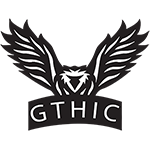

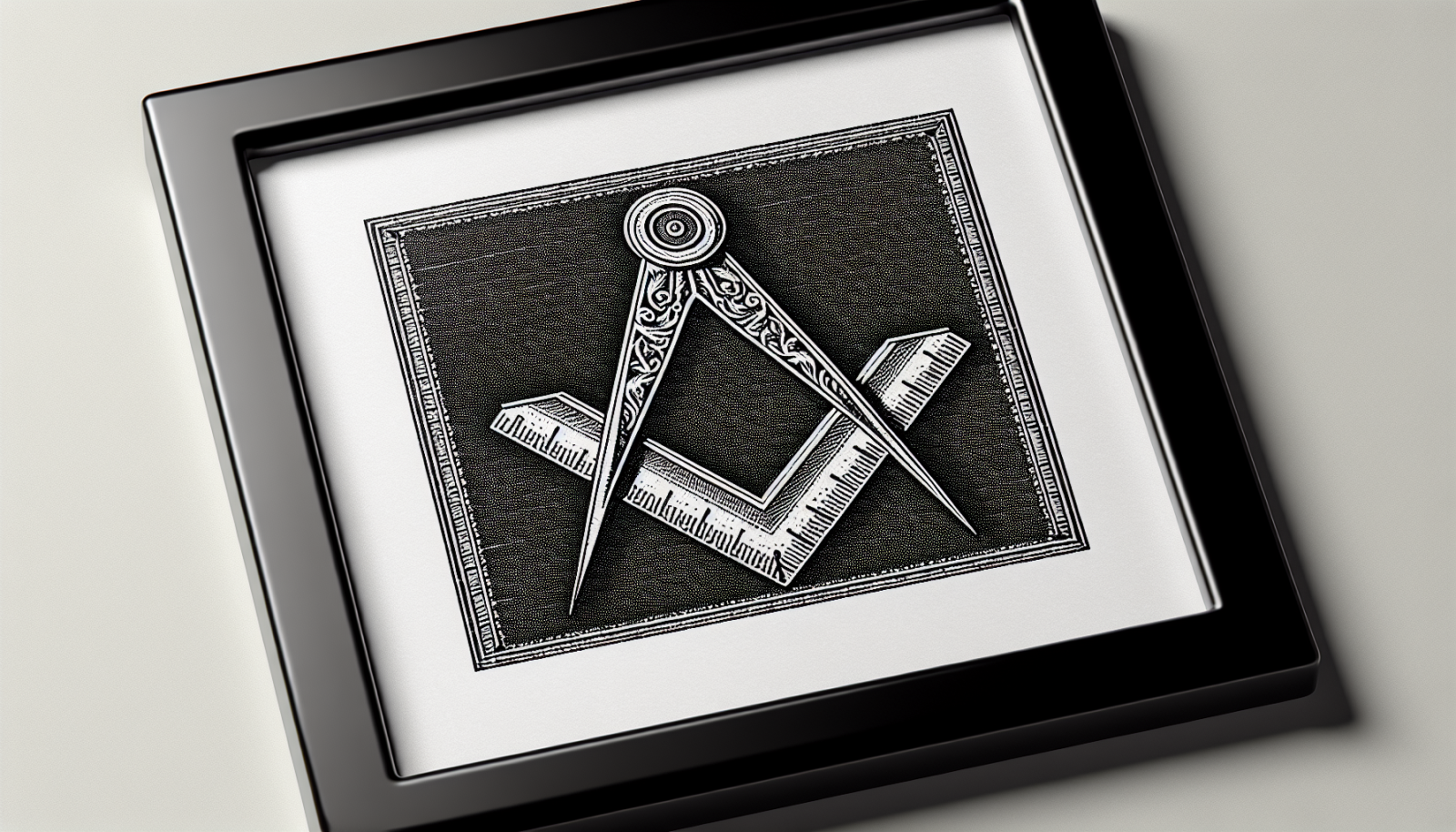
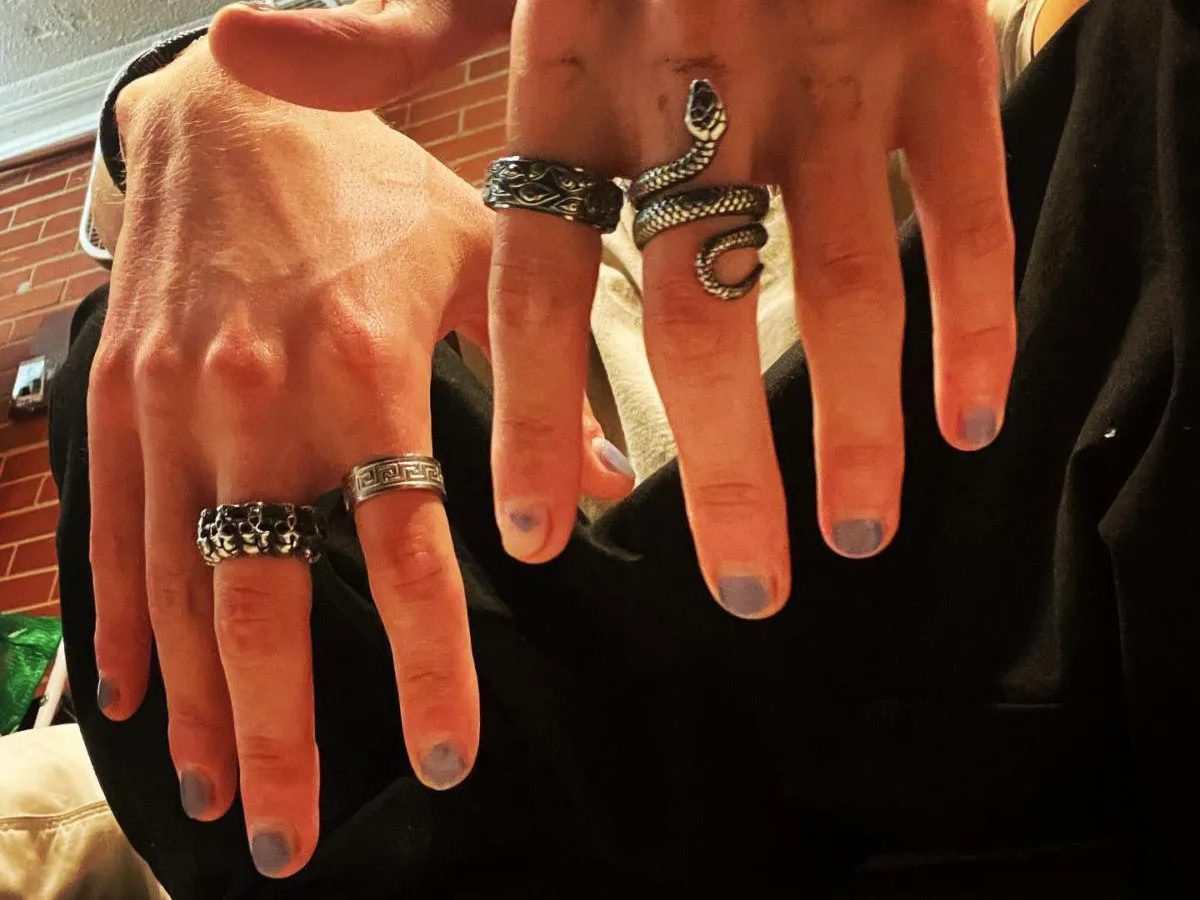
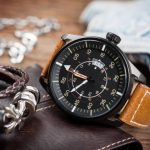



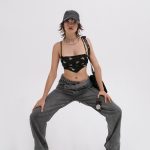

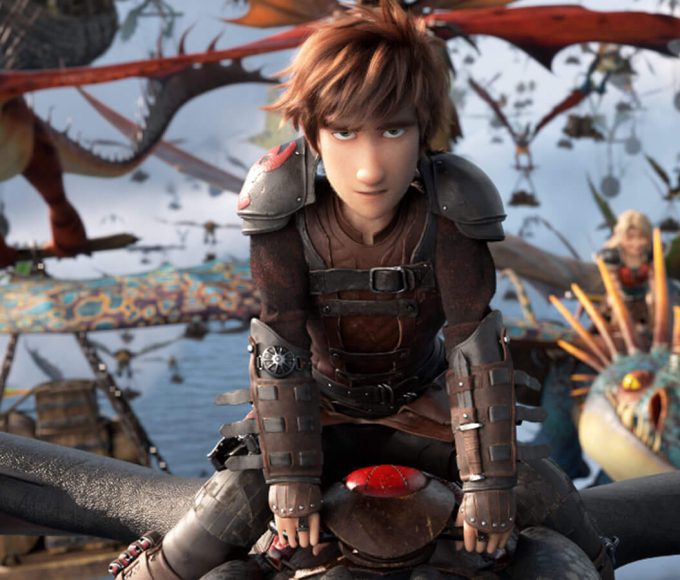
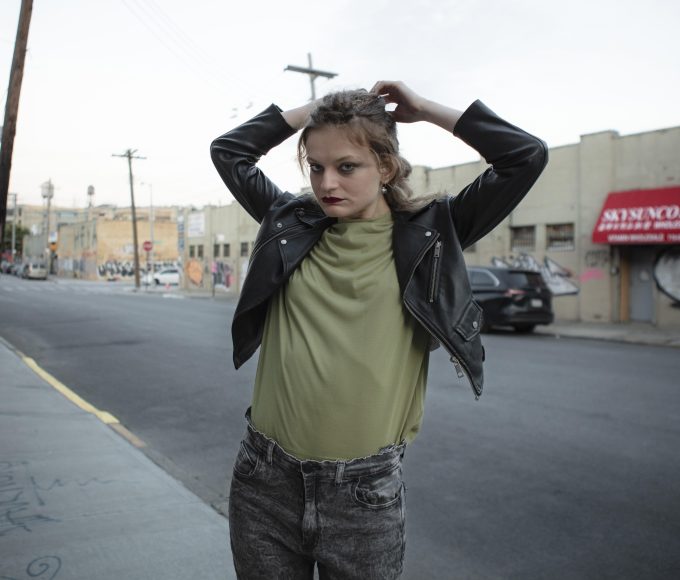
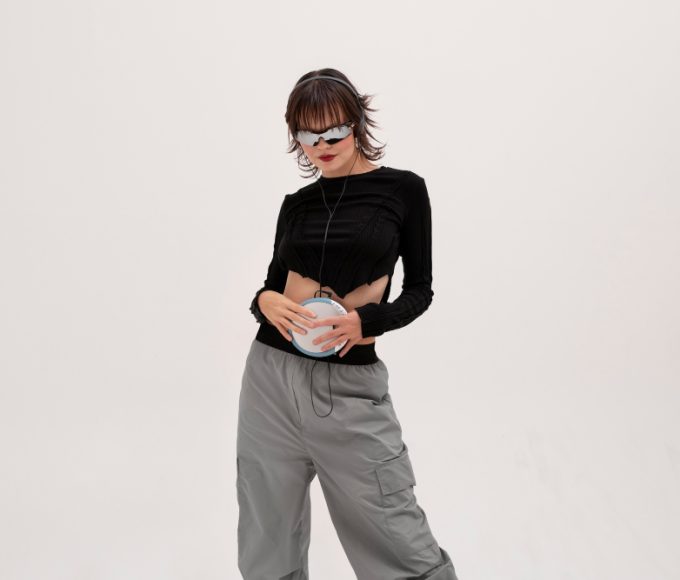

Leave a comment